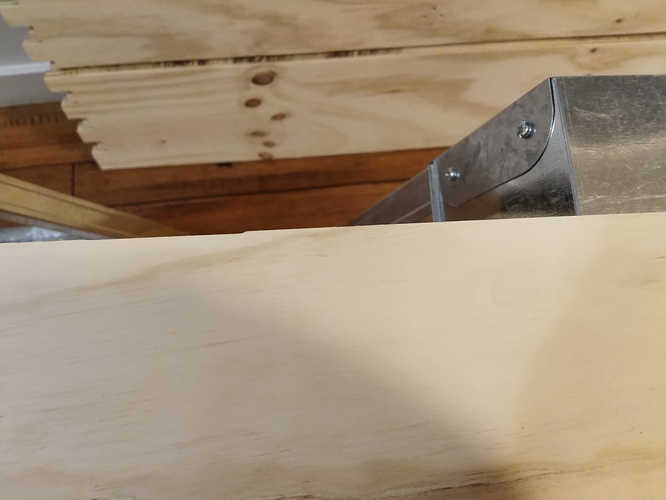My girlfriend moved in recently, and we’ve been rearranging the apartment a bit and getting some more furniture. We decided to use my X-Carve to put together a kitchen island, and use it as an opportunity to experiment with CNC joinery.
She did the initial design (did I mention that she is awesome), but wasn’t sure what the dimensions of the X-Carve are. Result— a design where almost every piece is longer than the machine, and almost as wide as the machine as well ![]()
The top and bottom pieces there are 48" long, and even the sides are 36". But by cleverly working alignment holes into the design and some Fusion 360 CAM magic, I was able to setup a number of tiled cuts:
So far we’ve gotten three of the four largest pieces milled. It took a bit of experimentation to find good bits for milling out these joints. Whiteside’s 1/4" compression bit is making short work of things and leaving a nice finish:
We test-fit the joints earlier and they fit quit nicely. Actually, we originally dimensioned the fingers and the slots on those joints to be exactly the same size down to the millimeter, but realized the error of our ways during an earlier test. Now the fingers are half a millimeter narrower than the slots, and everything stands together on its own.






 Thanks though!
Thanks though!







